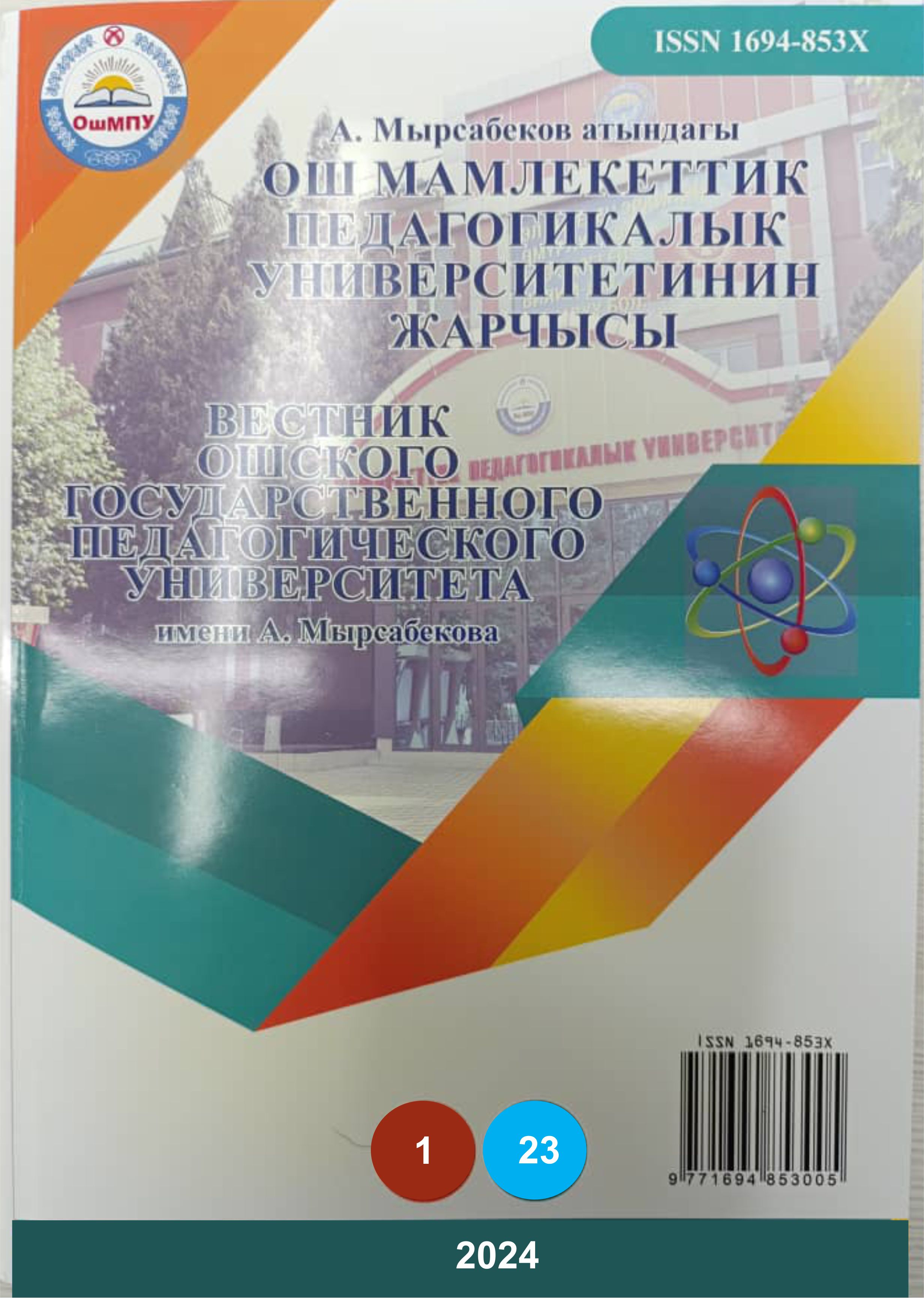The reflection of behavior in different cultures
DOI:
https://doi.org/10.56122/10.56122/v2i2.494-26Keywords:
culture, behavior. intercultural communication, empathy, sympathy, sociocultural groups, inculturation, ethnocentrism, etiquetteAbstract
This article examines the issues of intercultural communication. Behavior is one of the most important concepts in culture. Therefore, behavior has different meanings in different cultures. That is why the transmission of behavior in different cultures is considered in this article from different angles and argued with examples. In order to understand the behavior of representatives of other cultures there was a wide discussion about what kind of behavior is traditional for that cultures. In order to successfully work in intercultural communication, it is necessary to have enough information about the characteristics of the behavior of the people in different cultures.
References
Акишина А.А., Кано Х., Акишина Т.Е. Жесты мимика в русской речи, Лингвострановедческий словарь.-М.: Русский язык, 1991.-114 с
Аллан Пиз. Язык телодвижений. –М: Эксмо-пресс, 2002.-272с
Анисимова Е.Е. Лингвистика текста и межкультурная коммуникация.-М.: Академия, 2003
Ахманова О.С. Словарь лингвистических терминов. –М.: Сов. энцикл., 1969.-607с
Байбурин А.К. Топорков А.Л. У истоков этикета: Этногр.очерки –Л.: Наука, Ленинградск. Отд-ние, 1990.—165с
Бгажников Б.К. Психология и техника коммуникативного поведения адыгов Национально –культурная специфика речевого общения народов СССР.-М.: Наука, 1982.-47-75с
Бейсембаева С.Б., Момынова Б. Казахско-русский толковый словарь мимика и жестов в казахском языке. –Алматы Казак университети, 2003.-136б
Бейсембаева С.Б. Невербальные компоненты коммуникации в казахском языке. Дисс.канд. филол.наук.-Алматы, 2002
Published
How to Cite
Issue
Section
License
Copyright (c) 2024 Bulletin of the Osh State Pedagogical University named after A. Myrsabekova

This work is licensed under a Creative Commons Attribution 4.0 International License.
This work is licensed under the Creative Commons Attribution 4.0 International License. To view a copy of this license, visit http://creativecommons.org/licenses/by/4.0/ or send a letter to Creative Commons, PO Box 1866, Mountain View, CA 94042, USA.











